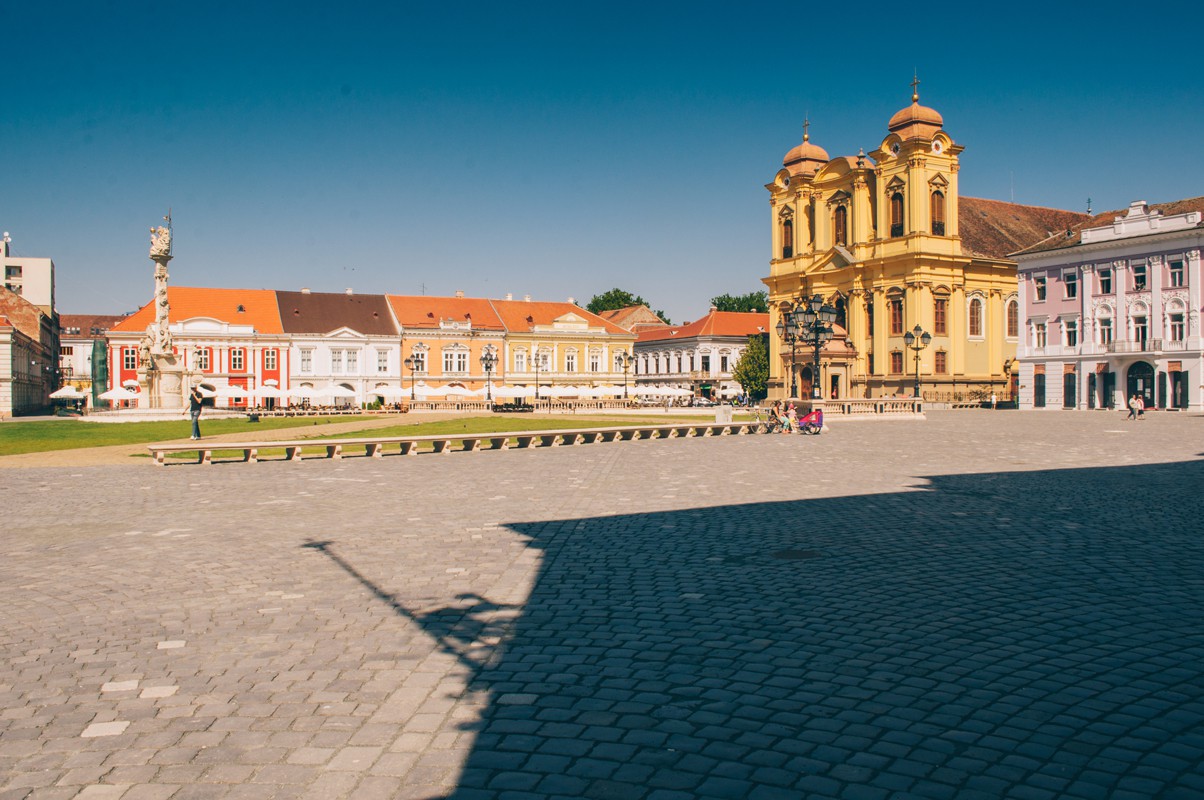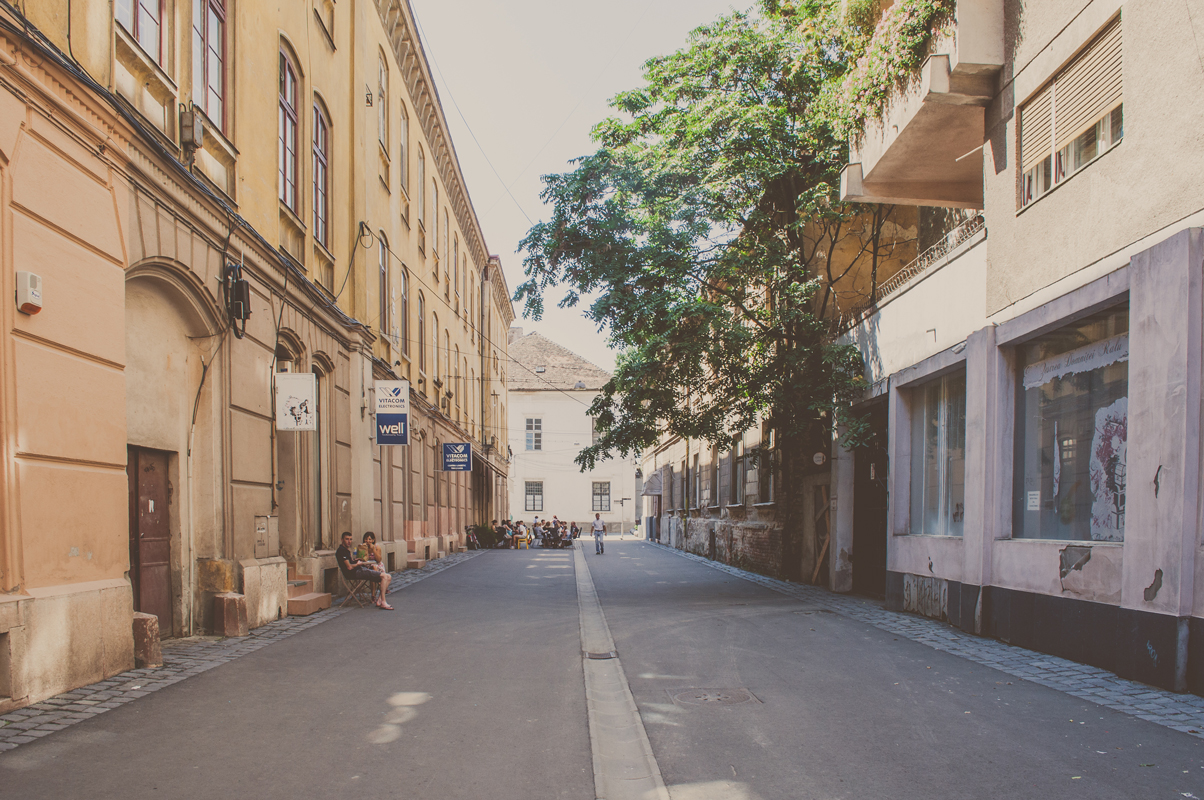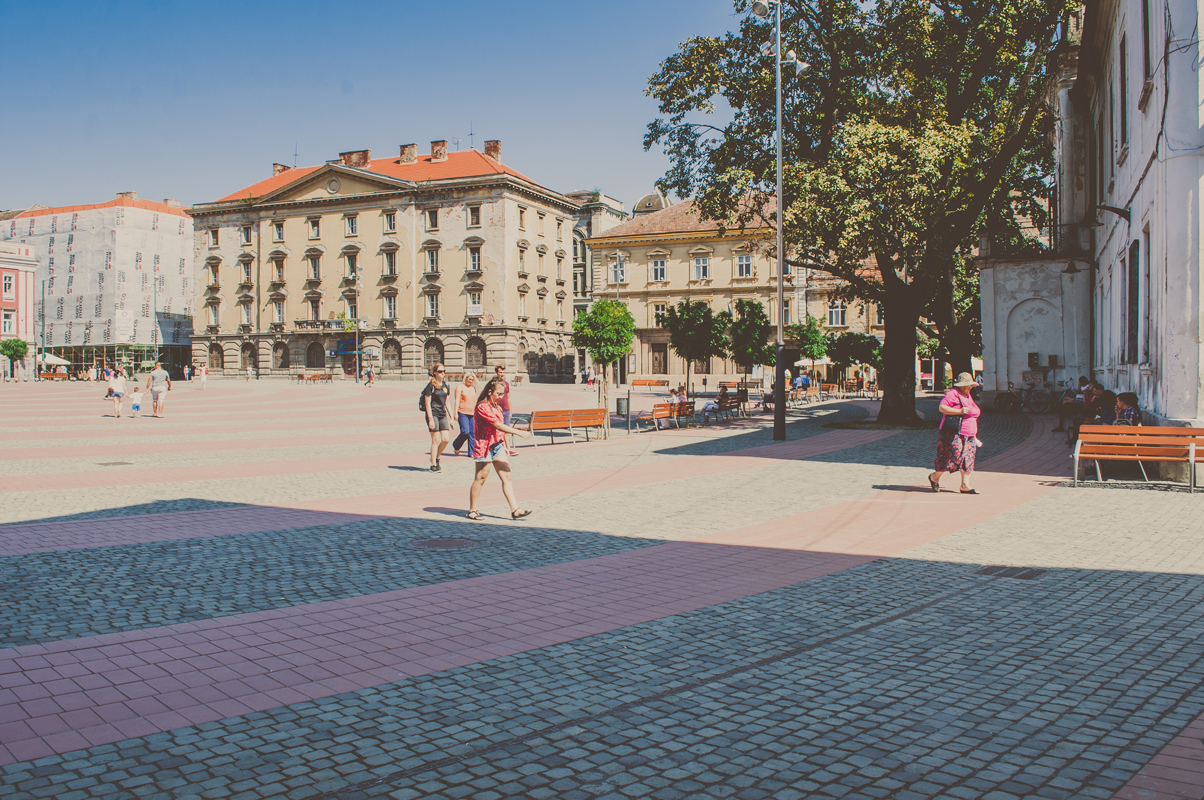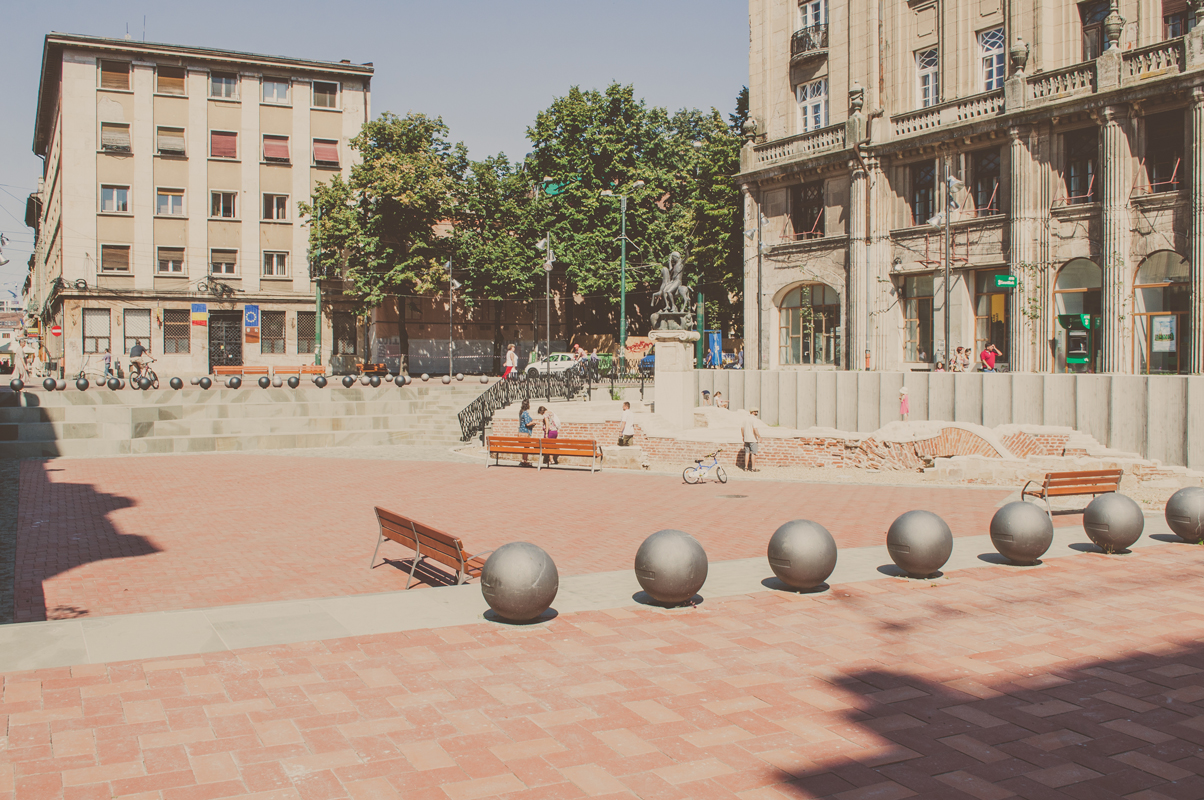
Quality public spaces
According to architect and urban planner Jan Gehl, there are three types of open air activities a man can carry out while in public areas (streets, parks, markets, etc.): required activities -when the participants more or less have to do them (going to school or work, daily shopping, waiting for the bus at the station, etc); Optional activities - when it involves a desire to do those activities (walking, going to beach); Social activities - activities that greatly depend on the existence of other people in public spaces and which are the result of the first two types of activities (children's games, greetings, conversations etc.). If the first type of activity is carried out under any conditions, being mandatory, the other two types take place only if the external factors are favorable.
Industrialization, segregation of functions and dependence on the car have led to the transformation from lively cities into monotonous cities. Cities with quality public spaces are those that encourage optional and social activities to become exciting and exciting cities through the wide range of experiences they can offer to participants.
The number and type of outdoor activities are largely determined by urban planning. Through it, it is possible to define certain patterns of urban activities through decisions that may either create favorable or unfit conditions for the "life between buildings".




Thus, the set of possibilities can be described by its two extremes. At one end there is the type of city with multi-level buildings, underground car parks, intrusted car traffic, large distances between buildings and between functions, cities where buildings are visible, cars but not people, cities where pedestrian traffic is almost impossible, cities where public spaces are too large and impersonal. At the opposite end, there is the type of low and nearby buildings with pedestrian and leisure facilities in the vicinity of dwellings, public buildings and workplaces, cities where there is an intense activity of people around buildings, cities where the inner spaces are in a harmonious relationship with outer spaces, cities where public spaces have a great chance to function.
When pedestrian zones and free traffic areas are being deployed in an existing urban setting, there are signs of public activity. Improving the physical conditions of public spaces also increases the number of pedestrians, the time spent outside and the range of outdoor activities.
Source: "Life between Buildings. Uses of Public Space ", Jan Gehl; pages 9-37